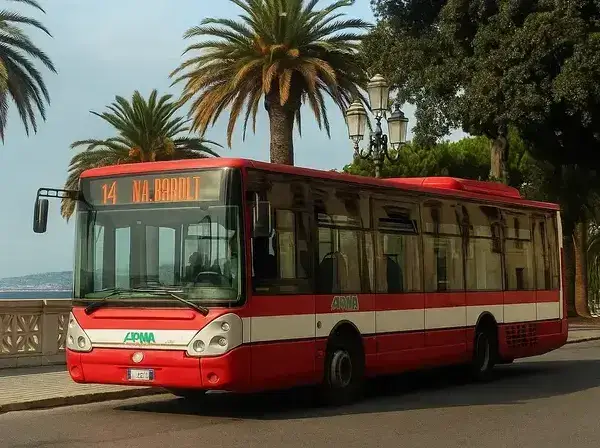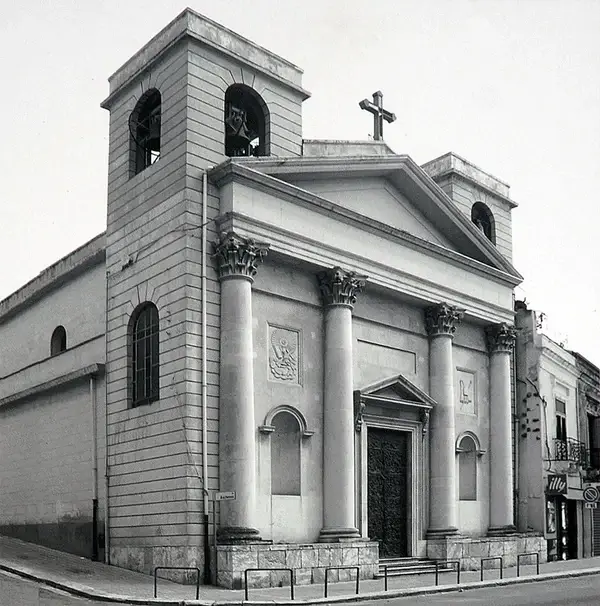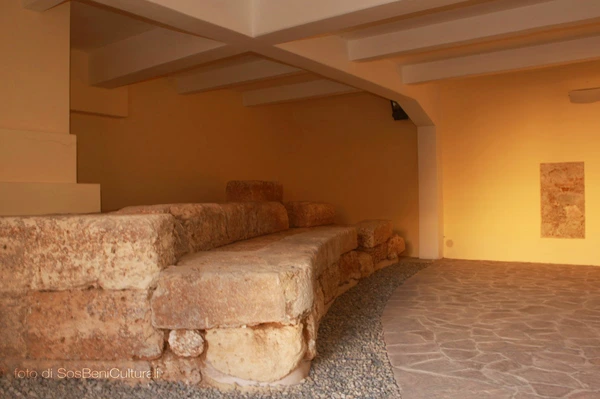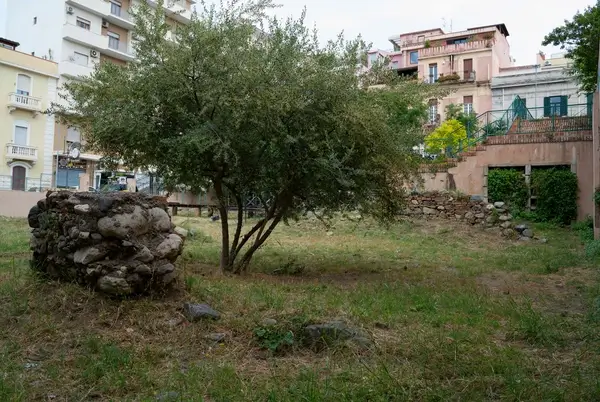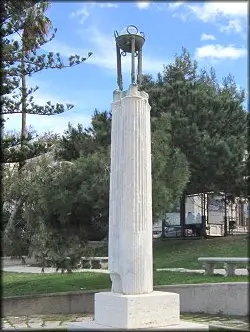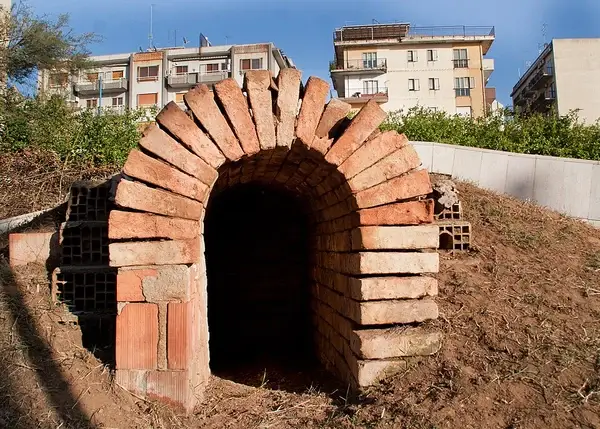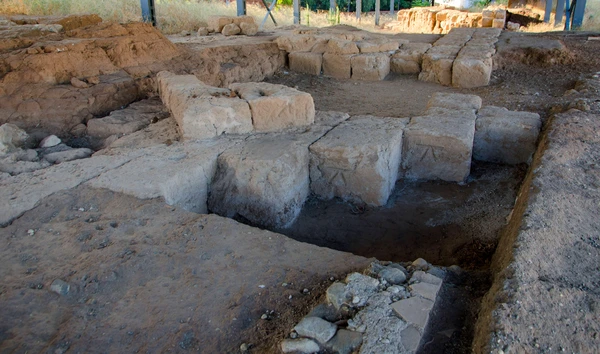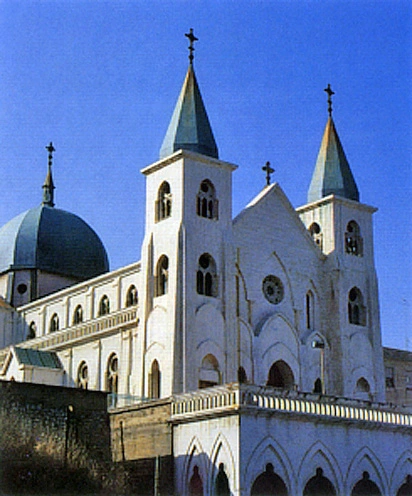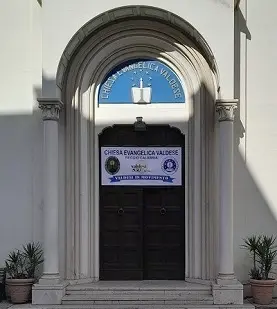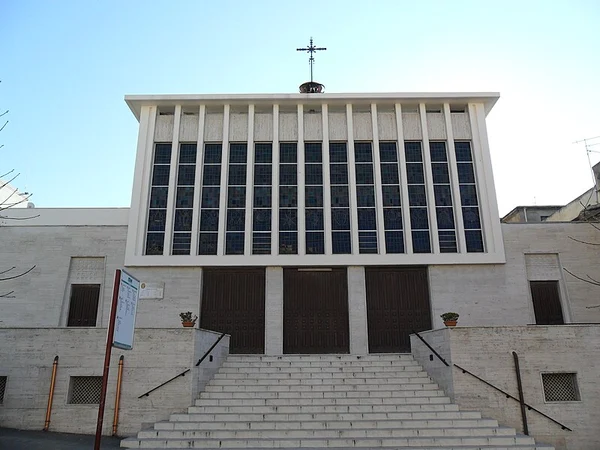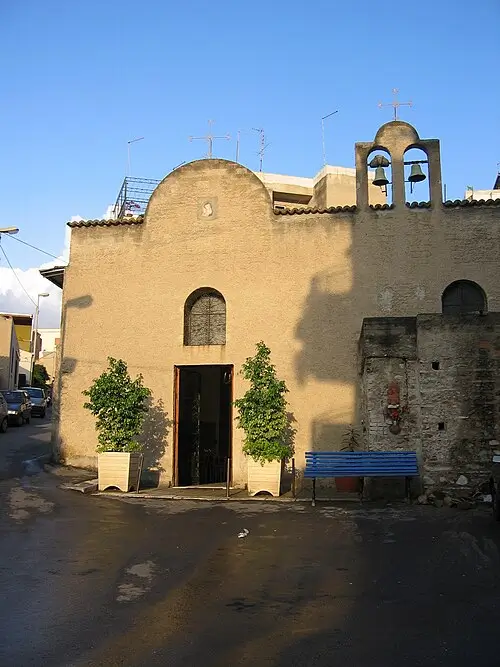A timeless echo of devotion, where faith and history intertwine beneath Byzantine domes
A Sacred Legacy of Faith, Art, and Augustinian Memory
In the heart of Reggio Calabria, just steps from lively Piazza Garibaldi, stands the Church of Saints Philip and James in Sant’Agostino. This spiritual landmark rises where an Augustinian convent once stood. Although the convent was lost in the catastrophic 1908 earthquake, its legacy still lives on in this sacred space.
The church features three naves and follows a Romanesque-Byzantine style. Unlike other churches in the city, it presents a rare and captivating design. Five domes of different sizes crown the building, marking the apse, the bell tower, and each nave. As a result, these domes create a striking silhouette that reflects centuries of devotion and cultural exchange.
Historically, the parish has deep roots. It was officially registered as the Church of Saints Philip and James in Sant’Agostino Reggio in 1783, the very year another powerful earthquake destroyed the earlier structure. Later, it was rebuilt and merged with the new Sant’Agostino. Since then, the church has carried two names but one shared identity, which continues to embody resilience and unity.
Inside, visitors can discover a true artistic treasure. On the left nave, a painting of the Madonna della Cintura glows with grace. This 18th-century masterpiece by Sebastiano Conca strongly links the church to Augustinian tradition. According to legend, the Madonna appeared in a dream to Saint Monica, the mother of Saint Augustine. In that vision, she wore a symbolic leather belt, and Augustine later chose the same belt as the emblem of the religious order he founded.
Plan Your Visit
Step into the serene history of Sant’Agostino and discover a sacred chapter of Reggio Calabria’s soul.
Eat, Drink & Shop
Looking for a place to eat, grab a drink, or do some quick shopping? Find nearby restaurants, and pubs to make your day easier and tastier.
Quick Essentials
Need to grab medicine, withdraw cash, or buy tobacco products in Reggio Calabria? Find nearby supermarkets, pharmacies, and ATMs with one click to keep your day running smoothly.
Explore Nearly Attractions
Just steps from Church of Sant’Agostino, uncover more of Reggio Calabria’s gems and hidden treasures

